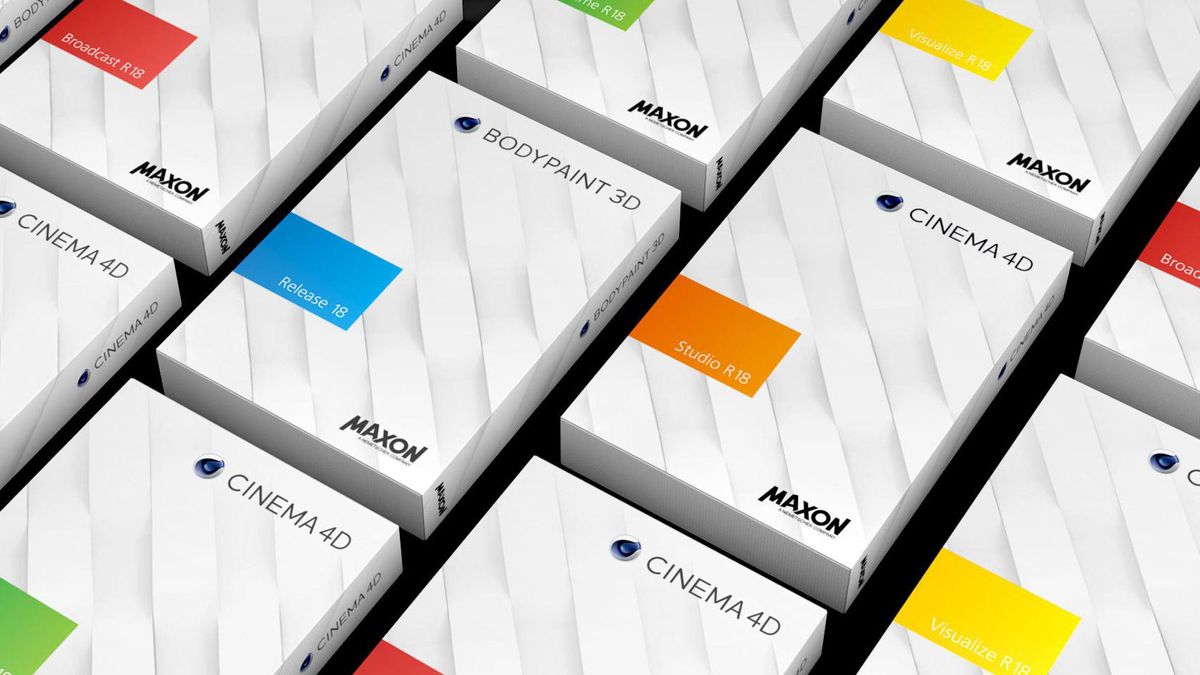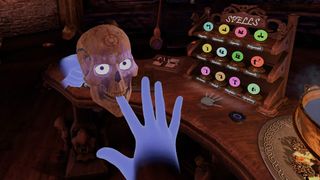New Cinema 4D R19 boosts motion graphics and VR tools
MAXON's Release 19 delivers new and enhanced pro 3D tools.

Ahead of its SIGGRAPH 2017 conference, leader in 3D animation MAXON has today shared details of its Cinema 4D Release 19 (R19). Headline features of the latest release include tools catered towards motion graphics, VFX, VR/AR, general design and all types of visualisation.
Debuting at the week-long Los Angeles event, Release 19 promises to offer a "fast, easy, stable and streamlined workflow to meet today's challenges in the content creation markets," Maxon says. It's set to deliver powerful tools and enhancements for both individual artists as well as large studio environments.
New tools and developments include MoGraph enhancements, a 360-degree camera for VR, faster rendering and improved export for production formats.
"For more than two decades, MAXON has been dedicated to delivering 3D graphics solutions with rock-solid stability, outstanding ease-of-use, a fast workflow, and cross platform capability," says Harald Egel, managing partner at MAXON. "Cinema 4D Release 19 expands on those core values with outstanding new features and a first look at foundations for the future."
Users can expect Cinema 4D Release 19 to ship in September 2017.
The full breakdown of new tools and enhancements is as follows:
- Viewport improvements - This provides artists with added support for screen-space reflections and OpenGL depth-of-field in addition to the screen-space ambient occlusion and tessellation features added in R18. Results are said to be so close to final render that client previews can be output using the new native MP4 video support.
- MoGraph enhancements - Expands on Cinema 4D’s toolset for motion graphics with faster results and added workflow capabilities in Voronoi Fracturing. Break objects progressively, add displaced noise details for improved realism or glue multiple fracture pieces together more quickly for complex shape creation.
- An all-new Sound Effector - Allows artists to create audio-reactive animations based on multiple frequencies from a single sound file.
- New spherical camera - Allows artists to render stereoscopic 360-degree virtual reality videos and dome projections. Artists can specify a latitude and longitude range, and render in equirectangular, cubic string, cubic cross or 3x2 cubic format. The new spherical camera also includes stereo rendering with pole smoothing to minimise distortion.
- New polygon reduction - Works as a generator, so it’s easy to reduce entire hierarchies. The reduction is pre-calculated, so adjusting the reduction strength or desired vertex count is extremely fast. The new Polygon Reduction preserves vertex maps, selection tags and UV coordinates, ensuring textures continue to map properly and providing control over areas where polygon detail is preserved.
And more:
Get the Creative Bloq Newsletter
Daily design news, reviews, how-tos and more, as picked by the editors.
- Level of Detail object - Features a new interface element that lets customers define and manage settings to maximise viewport and render speed, create new types of animations or prepare optimised assets for game workflows. Level of Detail data exports via the FBX 3D file exchange format for use in popular game engines.
- AMD's Radeon ProRender - This technology is now seamlessly integrated into R19, providing artists a cross-platform GPU rendering solution. Though just the first phase of integration, it provides a useful glimpse into the power ProRender will eventually provide as more features and deeper Cinema 4D integration are added in future releases.
- Revamped media core - Delivers Cinema 4D R19 users with a completely rewritten software core to increase speed and memory efficiency for image, video and audio formats. Native support for MP4 video without QuickTime delivers advantages to preview renders, incorporate video as textures or motion track footage for a more robust workflow. Export for production formats, such as OpenEXR and DDS, has also been improved.
- Robust modelling - A new modelling core with improved support for edges and N-gons can be seen in the Align and Reverse Normals commands. More modelling tools and generators will directly use this new core in future versions.
- BodyPaint 3D - Now uses an OpenGL painting engine, enabling artists painting colour and adding surface details in film, game design and other workflows to see a real-time display of reflections, alpha, bump or normal, and even displacement. This brings improved visual feedback and texture painting. Redevelopment efforts to improve the UV editing toolset in Cinema 4D continue with the first fruits of this work available in R19 for faster and more efficient options to convert point and polygon selections, grow and shrink UV point selects, and more.
Related articles:

Thank you for reading 5 articles this month* Join now for unlimited access
Enjoy your first month for just £1 / $1 / €1
*Read 5 free articles per month without a subscription

Join now for unlimited access
Try first month for just £1 / $1 / €1
Dom Carter is a freelance writer who specialises in art and design. Formerly a staff writer for Creative Bloq, his work has also appeared on Creative Boom and in the pages of ImagineFX, Computer Arts, 3D World, and .net. He has been a D&AD New Blood judge, and has a particular interest in picture books.




